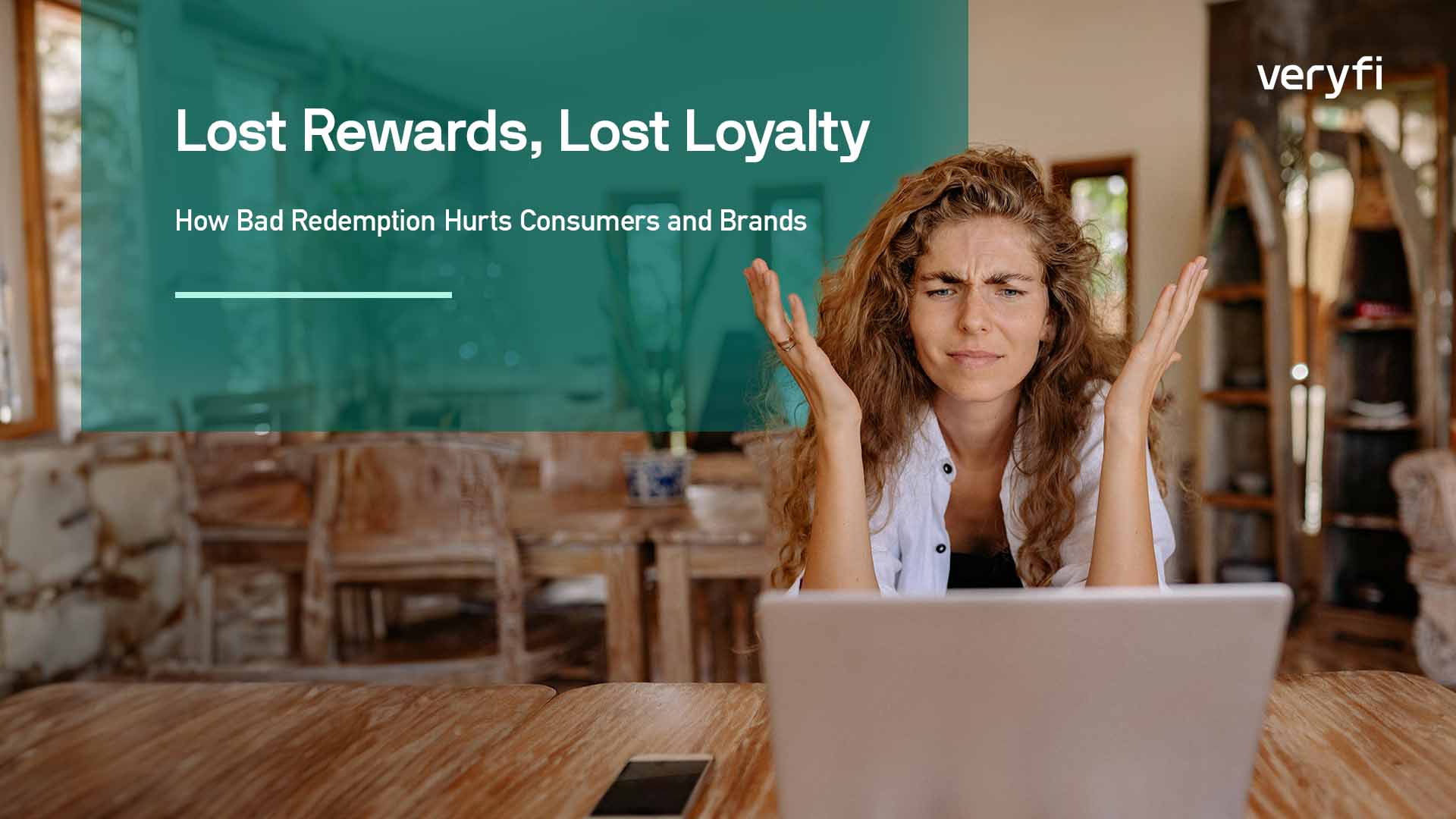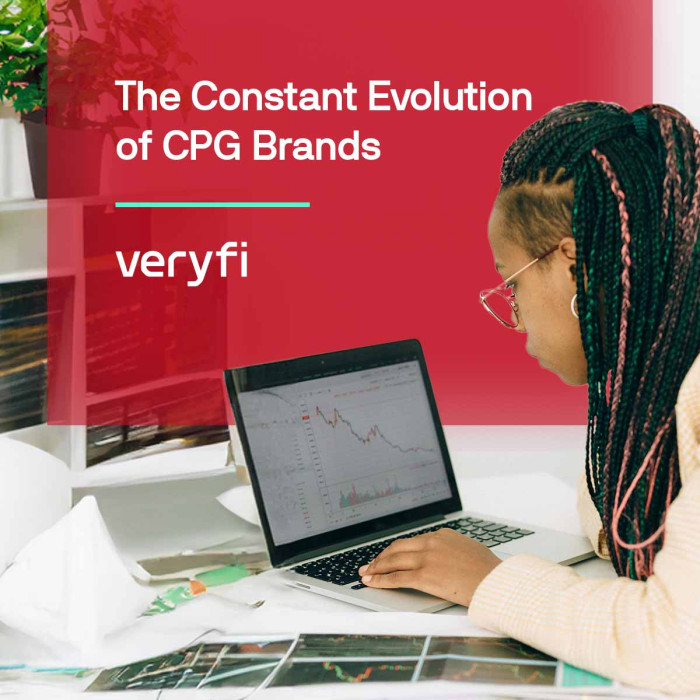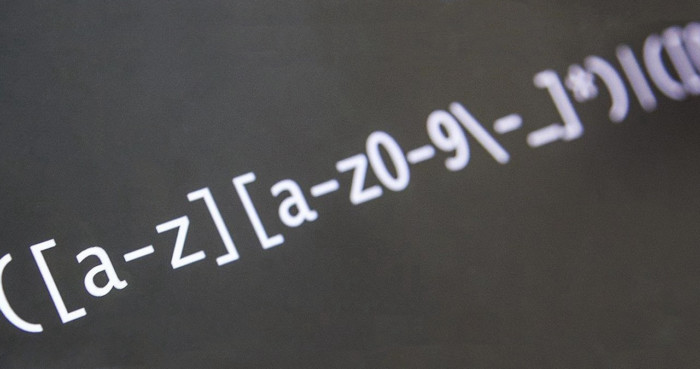Consumer Packaged Goods (CPG) companies often use promotional offers such as coupons, discounts, and loyalty programs to attract and retain customers. While these promotions can be effective in driving sales and building brand loyalty, mishandling or mismanagement of these programs can have negative consequences for both consumers and brands.
Ways Redemption Go Wrong
1. Delayed Rewards
Imagine a scenario where a consumer earns loyalty points for purchasing a CPG product, but the rewards are not credited to their account in a timely manner. Despite being a loyal customer, the delay in receiving the rewards leaves the consumer feeling undervalued and frustrated. Outside of CPG, fintech companies like Navan who offer travel and expense management also use OCR to process documents for expense reports, detect what’s in policy and what’s not, and dole out rewards for money-saving choices accordingly. Watch Navan’s testimonial to see how Veryfi helped Navan achieve product-led growth.
2. Complicated Redemption Process
Consider a situation where a consumer receives a coupon for a CPG product but finds the redemption process to be overly complicated. The consumer is required to jump through multiple hoops, such as submitting proof of purchase online and waiting for manual verification, which discourages them from redeeming the offer. Veryfi Lens to the rescue! Simply, snap and submit receipts to instantly redeem for rewards.
3. Unclear Purchase Validation Timeline
In another scenario, a consumer purchases a CPG product with the expectation of redeeming a promotional offer, only to find that the validation timeline is unclear. As a result, the consumer misses the deadline for validation and loses out on the benefit, leading to dissatisfaction and a negative perception of the brand.
Consumer Disappointment and Frustration
The impact of bad CPG redemption on consumers and brand loyalty can be quantified in several ways. Surveys and consumer feedback can provide insights into consumer perceptions and behavior following a negative redemption experience. Sales data can also be analyzed to identify any changes in purchasing patterns or brand loyalty following a redemption issue. One of the most immediate effects of bad redemption is consumer disappointment. In any context whether in CPG or in fintech, lost rewards equals lost business. For example, if a consumer earns rewards through a loyalty program but does not receive them quickly, they may feel let down by the brand. This delay can lead to frustration and a sense that the brand is not valuing their loyalty.
Impact on Brand Loyalty
Bad CPG redemption can also erode brand loyalty. For instance, if a redemption process is complicated and time-consuming, consumers may become frustrated and lose trust in the brand. They may feel that the effort required to redeem the offer outweighs the benefits, leading them to seek out alternative brands with more user-friendly redemption processes.
Financial Loss for Consumers = Forever Revenue Loss for Brands
In some cases, bad CPG redemption can result in a financial loss for consumers. For example, if a consumer is unclear about the timeline for validating a receipt or purchase to redeem an offer, they may miss the deadline and lose out on the promotion. This can leave consumers feeling misled and dissatisfied with the brand. Bad CPG redemption can have a range of negative effects on consumers and brand loyalty. It is important for CPG companies to carefully manage their promotional programs to ensure a positive experience for consumers and maintain brand loyalty.
Veryfi OCR Curbs Ineffective Rewards Redemption
Capable, AI-powered OCR technology like Veryfi OCR can play a crucial role in curbing bad redemption and avoiding the cases where redemption goes wrong. Firstly, by accurately extracting data from receipts and other documents, OCR can ensure that consumers receive their rewards quickly and without delay. Programs receive the glory of returning customers. Hint: “loyal” returning customers have significantly lower CAC. For example, if a consumer submits a receipt for a promotional offer, OCR can quickly process the information and verify the purchase, allowing the consumer to receive their reward in a timely manner. This can help prevent the frustration and disappointment that can arise from delayed rewards.
Secondly, OCR can simplify the redemption process, making it more user-friendly and reducing the likelihood of complications. For instance, by automatically extracting relevant information from receipts, OCR can eliminate the need for consumers to manually enter data or follow complex redemption instructions. This can streamline the process and make it more intuitive for consumers, reducing the risk of errors and ensuring a smoother redemption experience. Overall, by leveraging OCR technology, CPG companies can enhance their redemption processes, improve customer satisfaction, and ultimately build stronger brand loyalty.
What about fraudulent rewards redemptions?
On the flip side, Veryfi OCR also assists in fraud detection by identifying potentially fraudulent redemptions. By analyzing redemption data and patterns, OCR can flag suspicious activities, such as multiple redemptions from the same receipt or irregularities in purchase amounts. This can help CPG companies protect their promotional offers from abuse and ensure that rewards are distributed fairly. Overall, by leveraging OCR technology, CPG companies can enhance their redemption processes, improve customer satisfaction, and ultimately build stronger brand loyalty.
Create a free Veryfi account to try Veryfi OCR. It can scan and detect fraud on any document (∀Docs OCR). Check out the API Documentation for ∀Docs to see how you can implement Veryfi’s CPG Toolkit for your CPG brand today.






